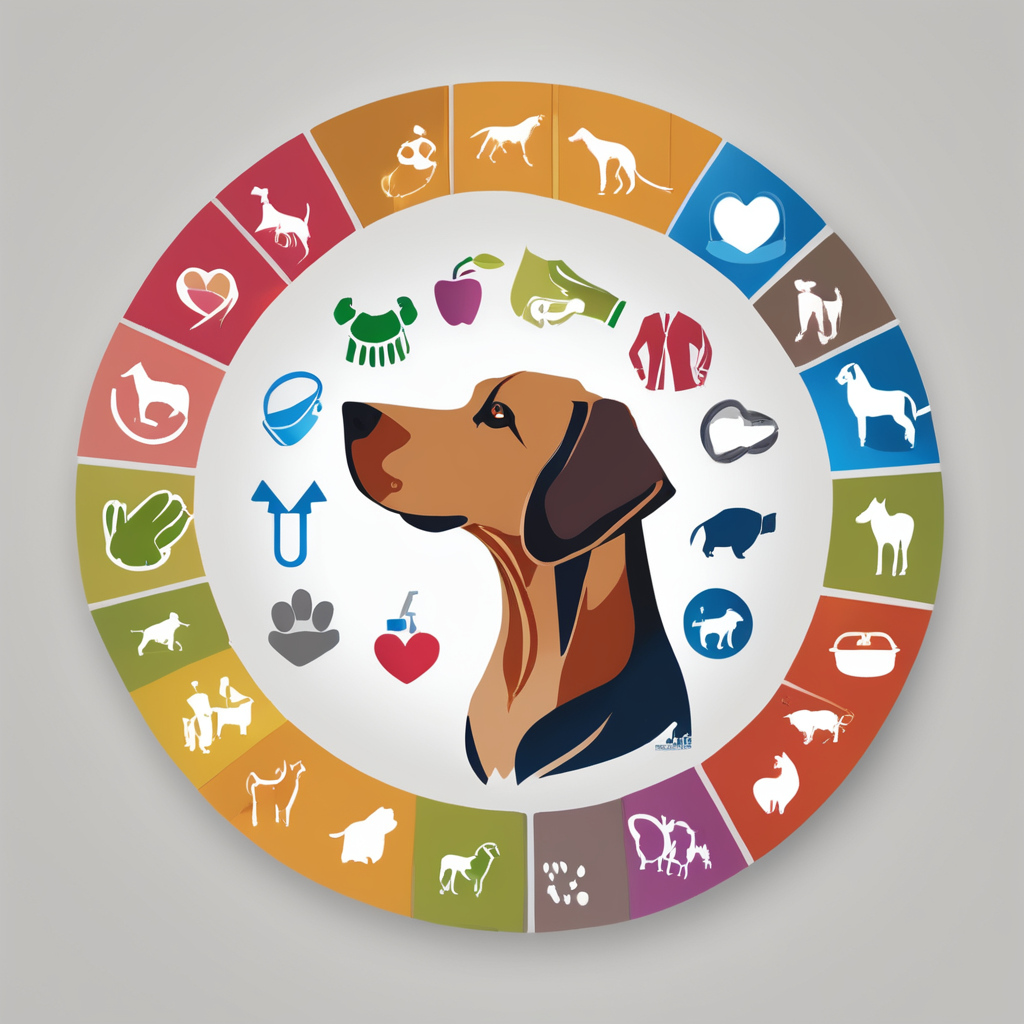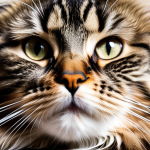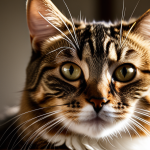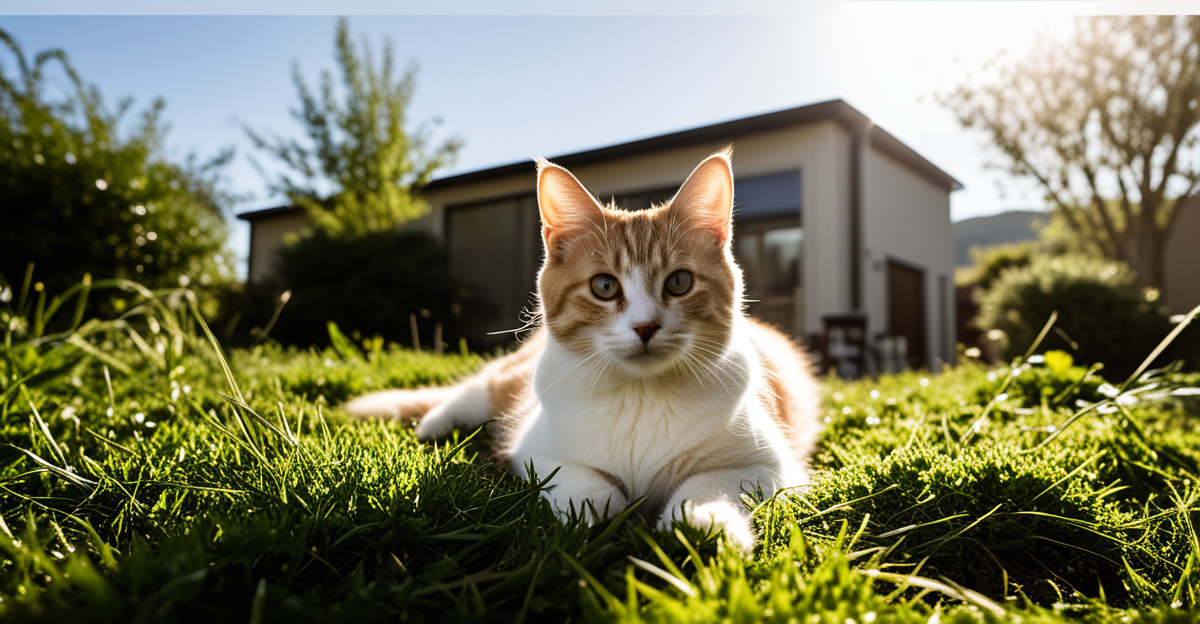Understanding Feline Leukemia Virus (FeLV)
Understanding the Feline Leukemia Virus is crucial for every cat owner. FeLV is a contagious virus that significantly impacts a cat’s health by compromising its immune system, leading to increased vulnerability to infections and diseases. It spreads through saliva, nasal secretions, urine, faeces, and even through milk from an infected mother to her kittens.
Symptoms and Effects on Cat Health
Recognising the symptoms early on can play a pivotal role in FeLV management. Common symptoms include lethargy, weight loss, persistent fever, and loss of appetite. Cats may also exhibit swollen lymph nodes and pale gums. These signs not only indicate the presence of FeLV but often lead to further complications such as anaemia, diseases linked to a weakened immune system, and in some cases, certain types of cancer.
A voir aussi : Designing the Ultimate Hydration Haven for Water-Obsessed Cats
Creating a Safe Environment
Ensuring a safe environment is essential for the health of FeLV-positive cats. They need to live in a stress-free setting to minimise their risk of secondary infections. In multi-cat households, keeping FeLV-positive cats separate can prevent the spread of the virus and help maintain a harmonious environment.
Designing Safe Outdoor Enclosures
When it comes to outdoor cat enclosures, creating a safe haven for FeLV-positive cats involves careful design and thoughtful construction practices. Your first consideration should be ensuring the security of the enclosure. This can be achieved through sturdy walls, and a protective roof to prevent escape and unwanted visitors.
Sujet a lire : Detecting Cat Heat Exhaustion: Essential Prevention Strategies for Caring Pet Owners
In terms of materials, opt for rust-resistant metal or treated wood to ensure longevity and durability. The flooring should allow for easy cleaning without any hazardous chemicals. Moreover, installing safety locks is crucial to prevent accidental openings.
Incorporating FeLV-friendly designs means introducing elements that cater to the specific needs of these cats. Including separate sections allows them to have their own space if they need it. Sheltered areas provide a reprieve from harsh weather and offer a sense of security.
To maintain these safe spaces, regularly inspect the enclosure for wear and tear. Monitor any potential weaknesses and repair them promptly. Regular cleaning can ward off bacteria and keep cat health at its optimum. Providing an enclosed yet open view to the outside world engages the cat’s curiosity, offering enrichment as well as safety.
Selecting Safe Plants for Cat Enclosures
When designing outdoor cat enclosures, incorporating cat-safe plants is crucial for ensuring your feline friend’s safety. Select plants known for being non-toxic to cats, such as catnip, wheatgrass, and lemongrass. These not only enhance the environment but provide natural enrichment.
Avoiding toxic plants for cats is a critical safety measure. Common hazards like lilies, azaleas, and philodendrons can cause severe health issues if ingested. Ensuring your enclosure is free of these harmful plants will protect your cat from unnecessary risks.
For effective landscaping for cats, consider creating a space that blends safety and aesthetics. Arrange plants at different heights to provide climbing opportunities and shade. Introduce ornamental grasses or cat-friendly perennials in raised beds for additional interest and exploration.
By carefully selecting and arranging plants, you create a welcoming and stimulating outdoor space while maintaining your cat’s health. Regularly inspect the plants for any signs of toxicity or overgrowth, adjusting the setup as needed. This proactive approach ensures a balanced mix of beauty, enrichment, and security in your cat’s outdoor environment.
Enriching Activities for FeLV-Positive Cats
Enrichment is essential to maintain the well-being of FeLV-positive cats, both mentally and physically. Incorporating various types of cat enrichment can help stimulate their natural instincts while ensuring safety. Interactive playtime is a prime component, offering benefits that bolster your cat’s mood and overall health.
Consider outdoor play with safe toys like feather wands, puzzle feeders, and laser pointers that encourage physical activity. These options not only entertain but also cater to a cat’s hunting instincts, providing both enrichment and exercise. Additionally, play structures such as climbing towers can promote agility and exploration without risk.
To maximise engagement, introduce FeLV enrichment ideas that provide different sensory experiences. Rotating toys regularly and introducing new scents, textures, or sounds can keep their environment exciting and stimulating. Employing such strategies ensures balanced daily activities without overwhelming them.
Incorporating these activities into your cat’s routine not only enhances their quality of life but can also reduce stress and anxiety levels. Customising playtime according to your cat’s preferences fosters a strong bond and delivers a fulfilling, enriched experience every day.
Health Considerations for Outdoor Cats with FeLV
Caring for FeLV-positive cats requires diligent attention to their health, particularly when they spend time outdoors. Regular FeLV health care is critical, including frequent health checks, vaccinations, and preventive measures to bolster a cat’s immune system. Monitoring your cat for signs of stress or illness is vital, observing changes such as unusual lethargy or appetite loss.
Outdoor environments pose additional challenges, making it essential to have a solid plan for outdoor cat care. Collaborating with a veterinarian can yield tailored health plans that address specific needs, offering strategies for managing potential risks. Regular consultations with a vet ensure vaccinations are up-to-date and allow early detection of any FeLV-related complications.
Vet recommendations are particularly invaluable, guiding how often to conduct health checks and what symptoms demand immediate attention. Creating a safe and controlled outdoor environment can significantly reduce exposure to stressors or potential threats. By integrating expert advice into daily routines, owners can provide comprehensive care that supports their cat’s well-being, ensuring that FeLV-positive cats can enjoy the outdoors while staying healthy.
Real-Life Examples and Case Studies
Examining FeLV cat stories provides valuable insights into creating optimal outdoor environments for FeLV-positive cats. These success stories are sourced from cat owners who have effectively navigated the challenges of designing safe and enriching spaces.
One such case study involves an owner who constructed an outdoor enclosure tailored to their FeLV-positive cat’s specific needs. By ensuring robust security with durable materials and implementing FeLV-friendly designs, the owner created an environment that strengthened the cat’s well-being, fostering both safety and curiosity.
Another notable example includes a community project that transformed a shared outdoor area into a sanctuary for multiple FeLV-positive cats. Incorporating various enrichment activities, such as climbing structures and interactive toys, the project showcased the benefits of creating dynamic and stimulating spaces.
Real-life testimonials from these owners emphasise the importance of continuous learning and adaptation. They share practical lessons, such as the significance of regular maintenance and collaborating with veterinarians for optimal cat health. These experiences offer invaluable knowledge, guiding other cat owners in crafting secure and enriching outdoor spaces tailored to the unique needs of FeLV-positive cats.
Resources and Support for Cat Owners
Navigating the world of FeLV management can be daunting, but ample resources are available to support cat owners. There are numerous FeLV resources online, offering exhaustive information on disease management, cat care protocols, and outdoor safety tips.
Support groups play a crucial role, providing a platform for sharing experiences, advice, and emotional support. These communities enable owners to connect and learn from each other, uncovering practical insights based on real-life experiences. Such groups can foster a sense of community, offering shared empathy and practical advice against an often overwhelming backdrop.
When it comes to educational materials, many organisations and veterinary clinics offer detailed guides to understanding FeLV’s complexities. These materials cover critical topics, including cat health, transmission prevention, and enriching activities that cater to their specific needs.
Connecting with professionals who specialise in FeLV can also provide tailored advice. By engaging in these learning opportunities and communities, cat owners can better prepare and manage their pet’s environment, ensuring a vibrant and safe outdoor life for their FeLV-positive companions.








